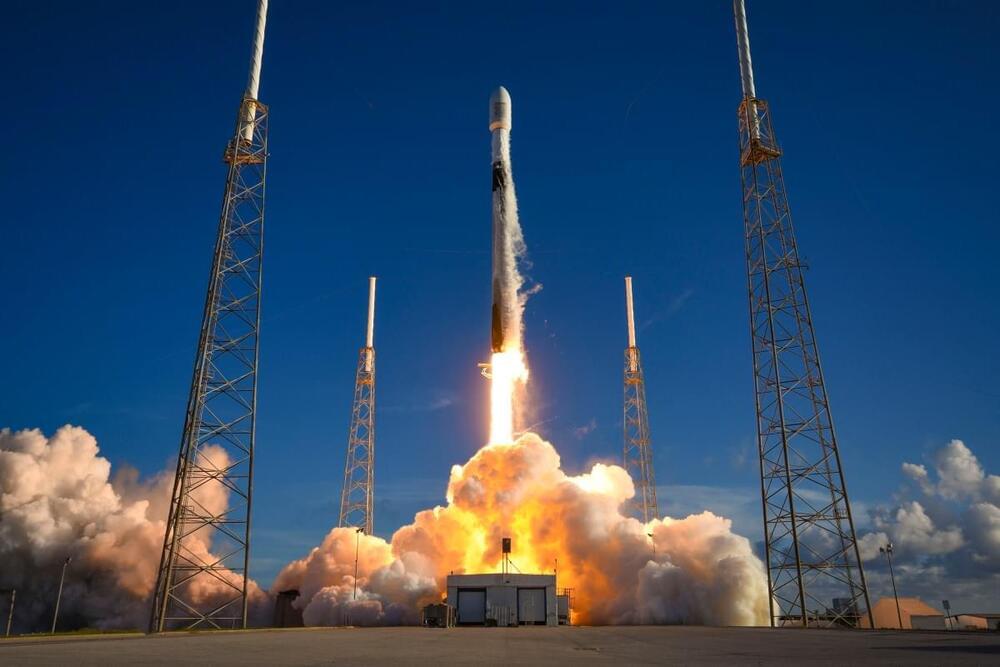
Since the first sighting of the first-discovered and largest asteroid in our solar system was made in 1801 by Giuseppe Piazzi, astronomers and planetary scientists have pondered the make-up of this asteroid/dwarf planet. Its heavily battered and dimpled surface is covered in impact craters. Scientists have long argued that visible craters on the surface meant that Ceres could not be very icy.
Researchers at Purdue University and the NASA’s Jet Propulsion Lab (JPL) now believe Ceres is a very icy object that possibly was once a muddy ocean world. This discovery that Ceres has a dirty ice crust is led by Ian Pamerleau, Ph.D. student, and Mike Sori, assistant professor in Purdue’s Department of Earth, Atmospheric, and Planetary Sciences who published their findings in Nature Astronomy. The duo along with Jennifer Scully, research scientist with JPL, used computer simulations of how craters on Ceres deform over billions of years.
“We think that there’s lots of water-ice near Ceres surface, and that it gets gradually less icy as you go deeper and deeper,” Sori said. “People used to think that if Ceres was very icy, the craters would deform quickly over time, like glaciers flowing on Earth, or like gooey flowing honey. However, we’ve shown through our simulations that ice can be much stronger in conditions on Ceres than previously predicted if you mix in just a little bit of solid rock.”





 $\sim$15 arcsec resolution) and catalogues of about three million source components with spectral index and polarisation information. In this paper, we present a description of the RACS survey and the first data release of 903 images covering the sky south of declination
$\sim$15 arcsec resolution) and catalogues of about three million source components with spectral index and polarisation information. In this paper, we present a description of the RACS survey and the first data release of 903 images covering the sky south of declination  $+41^\circ$ made over a 288-MHz band centred at 887.5 MHz.
$+41^\circ$ made over a 288-MHz band centred at 887.5 MHz.












